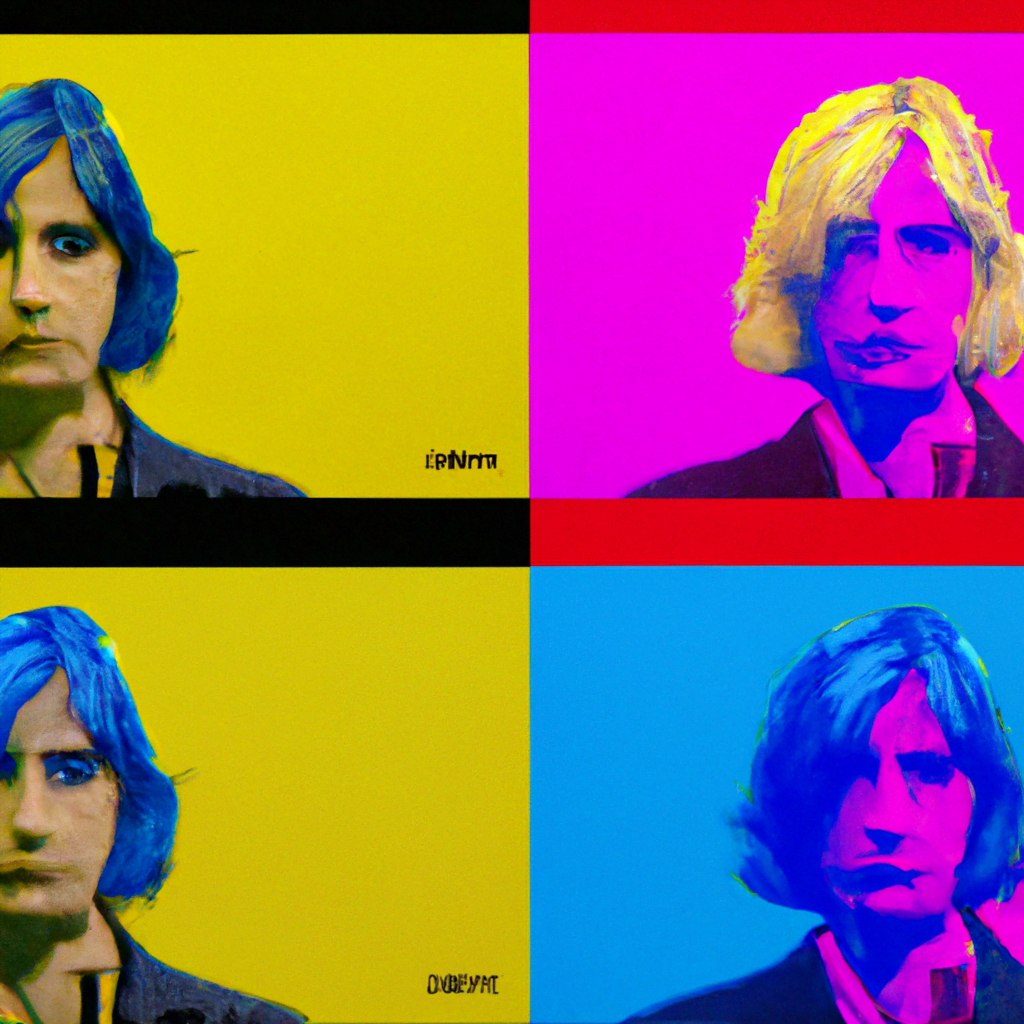AI-Driven Automated A/B Testing in Design
Design plays a crucial role in the success of any product or service. It can influence user experience, engagement, and ultimately, conversion rates. A/B testing is a widely used method to optimize design choices by comparing two or more variations and measuring their performance. However, traditional A/B testing can be time-consuming and resource-intensive. This is where AI-driven automated A/B testing comes into play. In this article, we will explore the benefits, challenges, and best practices of AI-driven automated A/B testing in design.
The Power of AI in A/B Testing
Artificial Intelligence (AI) has revolutionized various industries, and A/B testing is no exception. By leveraging AI algorithms, designers and marketers can automate the process of testing design variations, making it faster, more efficient, and data-driven. AI-driven automated A/B testing offers several advantages:
- Speed and Efficiency: Traditional A/B testing requires manual setup, implementation, and analysis. AI-driven automated A/B testing streamlines this process, reducing the time and effort required to conduct tests.
- Continuous Optimization: With AI, A/B testing can be performed continuously, allowing designers to iterate and improve designs in real-time based on user feedback and data.
- Large-Scale Testing: AI algorithms can handle large-scale testing by automatically generating and analyzing multiple design variations simultaneously, providing valuable insights at scale.
- Personalization: AI-driven automated A/B testing enables personalized design experiences by tailoring variations to individual users based on their preferences, behavior, and demographics.
Challenges of AI-Driven Automated A/B Testing
While AI-driven automated A/B testing offers significant benefits, it also comes with its own set of challenges. It is important to be aware of these challenges to ensure successful implementation:
- Data Quality: AI algorithms rely on data to make informed decisions. Ensuring the quality and accuracy of the data used for testing is crucial to obtain reliable results.
- Algorithm Bias: AI algorithms can be biased if the training data used to develop them is biased. Designers must be cautious to avoid perpetuating biases in their design choices.
- Interpretability: AI algorithms can be complex and difficult to interpret. Designers need to understand the underlying logic of the algorithms to make informed decisions based on the test results.
- Human Expertise: While AI can automate many aspects of A/B testing, human expertise is still essential. Designers need to provide guidance, interpret results, and make informed decisions based on their domain knowledge.
Best Practices for AI-Driven Automated A/B Testing
To ensure successful implementation of AI-driven automated A/B testing in design, it is important to follow best practices:
- Define Clear Objectives: Clearly define the goals and objectives of the A/B test. What specific design elements or variations are you testing? What metrics will you use to measure success?
- Collect Relevant Data: Gather relevant data about your users, their preferences, and behavior. This data will help you create personalized design variations and ensure accurate results.
- Start with Small Tests: Begin with small-scale tests to validate the effectiveness of AI-driven automated A/B testing. This allows you to identify any issues or biases before scaling up.
- Combine AI with Human Expertise: While AI algorithms can automate many aspects of A/B testing, human expertise is still crucial. Designers should collaborate with AI systems to interpret results and make informed decisions.
- Monitor and Iterate: Continuously monitor the performance of design variations and iterate based on the insights gained. AI-driven automated A/B testing allows for real-time optimization, so take advantage of it.
Case Studies: AI-Driven Automated A/B Testing in Design
Let’s explore a few case studies that demonstrate the effectiveness of AI-driven automated A/B testing in design:
Case Study 1: Netflix
Netflix, the popular streaming platform, uses AI-driven automated A/B testing to optimize its user interface. By testing different variations of the homepage layout, content recommendations, and call-to-action buttons, Netflix can personalize the user experience and increase engagement. Through continuous testing and iteration, Netflix has significantly improved user retention and conversion rates.
Case Study 2: Airbnb
Airbnb, the online marketplace for accommodations, leverages AI-driven automated A/B testing to enhance its search experience. By testing different search result layouts, filters, and sorting options, Airbnb can provide users with more relevant and personalized search results. This has led to increased bookings and improved user satisfaction.
Summary
AI-driven automated A/B testing in design offers numerous benefits, including speed, efficiency, continuous optimization, large-scale testing, and personalization. However, it also comes with challenges such as data quality, algorithm bias, interpretability, and the need for human expertise. By following best practices, designers can successfully implement AI-driven automated A/B testing and leverage its power to optimize design choices. Case studies from companies like Netflix and Airbnb demonstrate the effectiveness of AI-driven automated A/B testing in improving user experience, engagement, and conversion rates. As AI continues to advance, it will undoubtedly play an even more significant role in shaping the future of design optimization.
